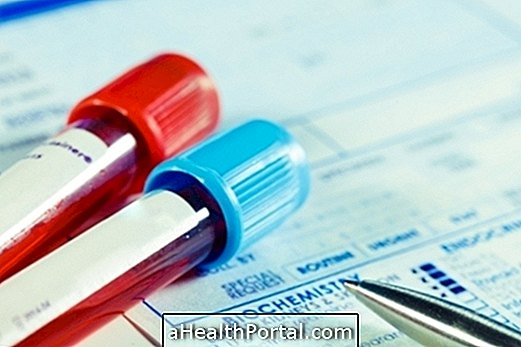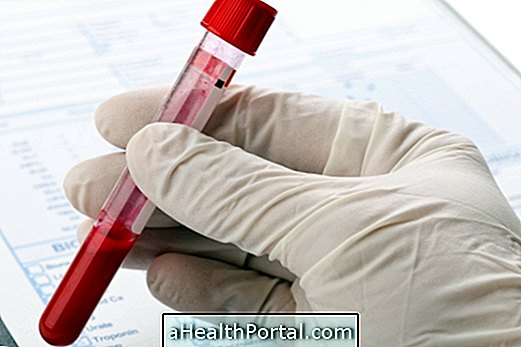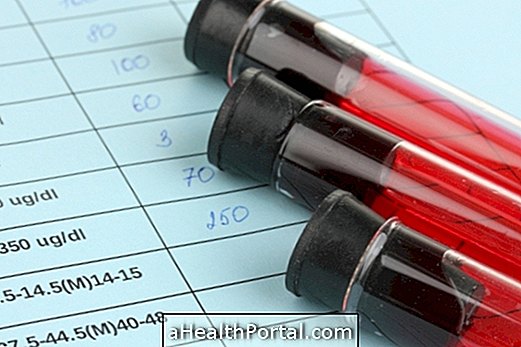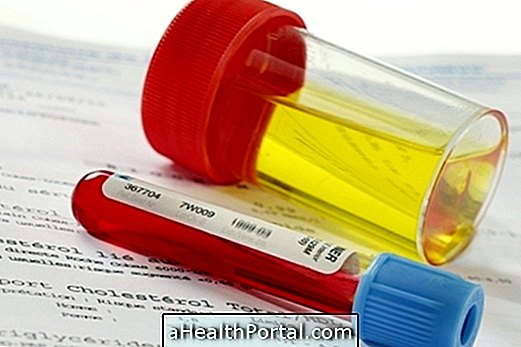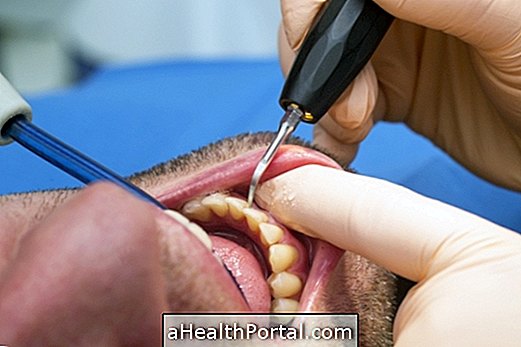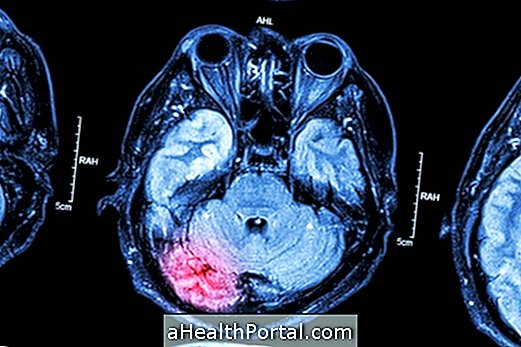Angiography is a diagnostic exam that allows you to better visualize the inside of the blood vessels, serving to evaluate their shape and diagnose possible diseases such as aneurysm or arteriosclerosis, for example.
This way, this examination can be done in various places of the body, such as brain, heart or lungs, for example, depending on the disease that is trying to diagnose.
To facilitate complete vessel observation, a contrast agent, which is injected through catheterization, is a technique that uses a thin tube inserted into an artery in the groin or neck to get to the intended location to evaluate.
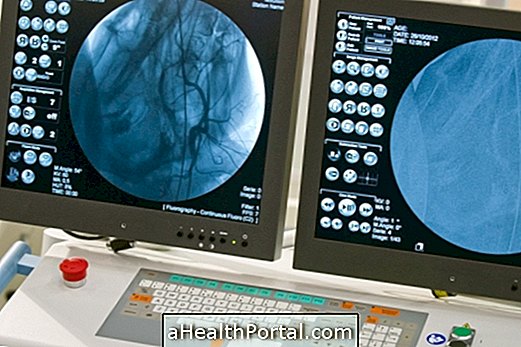
Exam price
The price of angiography may vary according to the location of the body to be evaluated, just as the selected clinic, however, is approximately 4, 000 reais.
What is angiography for?
This exam helps in diagnosing various problems, depending on where it is done. Some examples are:
Cerebral angiography
- Brain aneurysm;
- Tumor in the brain;
- Presence of clots that can cause stroke;
- Narrowing of all cerebral arteries;
- Cerebral hemorrhage.
Cardiac angiography
- Congenital heart defects;
- Changes in heart valves;
- Narrowing of the arteries of the heart;
- Decreased blood circulation in the heart;
- Presence of clots, which can lead to infarction.
Pulmonary angiography
- Lung malformations;
- Pulmonary artery aneurysm;
- Pulmonary hypertension;
- Pulmonary embolism;
- Tumor in the lung.
Ocular angiography
- Diabetic retinopathy;
- Macular degeneration;
- Tumors in the eyes;
- Presence of clots.
This test is usually only done when other less invasive tests, such as MRI or CT scans, have failed to correctly identify the problem.
How is the exam done?
Anesthesia is performed at the place where the catheter is to be inserted, which is a small tube that is taken by the doctor to the place where one observes the blood vessels, which is usually inserted in the groin or the neck.
After inserting the catheter to the site to be analyzed, the physician injects the contrast and draws several x-rays on the X-ray machine. The contrast liquid is reflected by the immitated rays of the machine and therefore appears with a different color in the images taken, allowing you to observe the entire path of the vessel.
During the examination you stay awake, however as you need to stay as still as possible, the doctor can apply a medicine to calm down and, therefore, you may feel some sleep.
This exam lasts about an hour, but it is possible to return home soon afterwards, since general anesthesia is not necessary. In some cases, it may also be necessary to take a stitch and place a dressing where the catheter was inserted.
How to prepare for the exam
To be tested, it is important to stay fast for about 8 hours to avoid vomiting, especially if your doctor uses a medicine to calm down during the test.
In addition, in some cases it is necessary to stop taking a few drugs 2 to 5 before the procedure, such as anticoagulants, coumadin, lovenox, metformin, glucophage aspirin, for example, and it is therefore very important to inform the doctor about the medicines that is drinking
Care after the exam
In the 24 hours following the examination, one should not do physical activity, remaining at rest, to avoid bleeding and the usual medications should only be taken when the doctor indicates.
Angiography Risks
The most common risk of this test is an allergic reaction to the contrast that is inserted, however the doctor usually has medicines ready to inject if this happens. In addition, bleeding may also occur at the site of catheter insertion or kidney problems due to contrast. See more about the risks of exams with the use of contrast.

